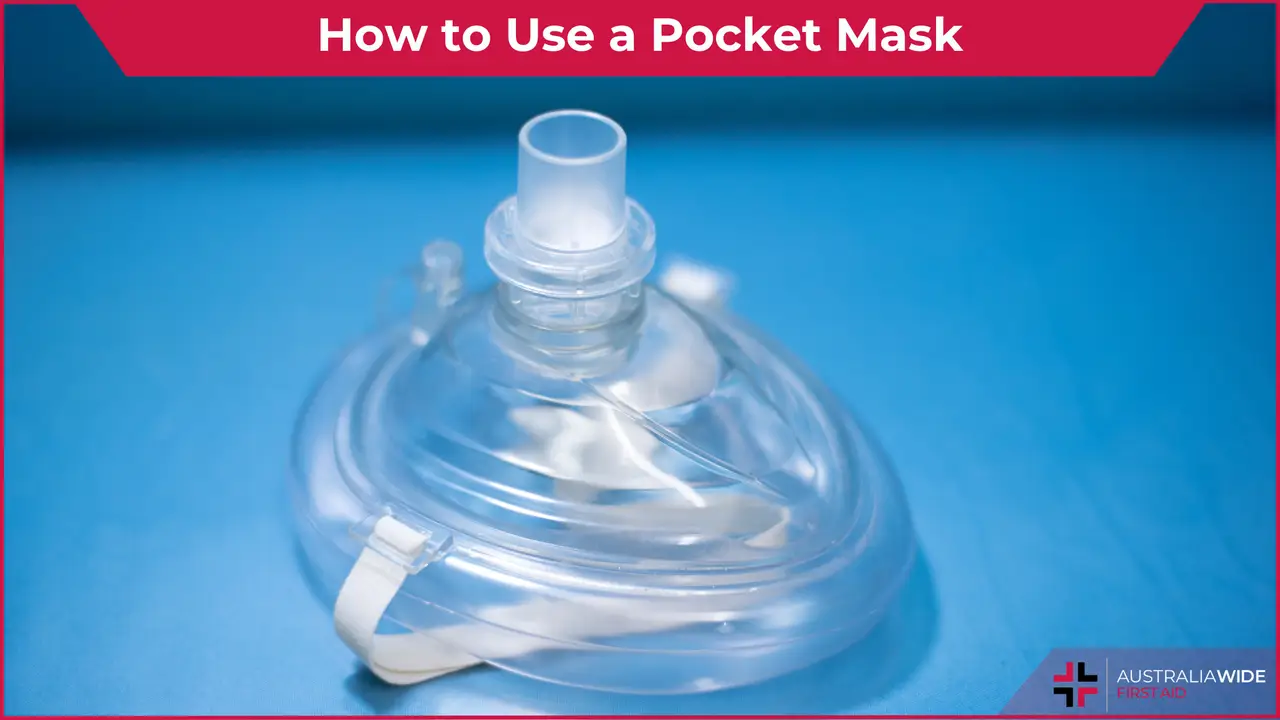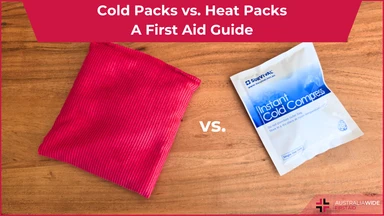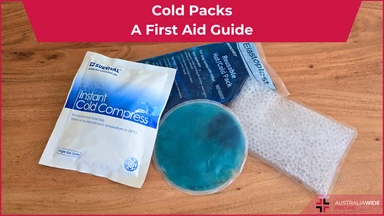How to Use a Pocket Mask


CPR involves mouth-to-mouth contact, which can put both the caregiver and the patient at risk of exposure to body fluids.
This is where personal protective equipment (PPE) comes in, and one of the most important PPE items is a resuscitation mask.
A pocket mask, otherwise known as a resuscitation mask, is a device that works by creating an airtight seal over the casualty's mouth and nose.
Some of them feature a one-way valve that allows air to flow into the casualty's lungs while keeping you physically separated from their air, spit, blood, vomit, or other fluids. Other simply have a dome shape and a tube for delivering the rescue breaths.
All resuscitation masks help to prevent the transmission of bacteria, viruses, and diseases during the procedure.
There are a number of different types of resuscitation masks available. There are CPR pocket masks for children, infants, and adults, available from a range of suppliers. These masks are specifically designed to fit the different sizes of patients, ensuring that the caregiver can deliver effective CPR with an airtight seal.
Resuscitation masks are clear to provide an unobstructed view of the patient's colour, which immediately indicates the effectiveness of the respiratory support.
Any blockages in the patient's airway, such as vomit, mucus, or foreign objects, can be easily identified.
The soft cuff of the mask conforms to the contours of the patient's face, ensuring a comfortable and airtight seal.
Most pocket masks come with an integrated oxygen intake tube, which allows for the delivery of oxygen.
Inhaled air contains around 21% oxygen, while exhaled air contains approximately 16%. Even without being connected to an external oxygen source, the rescuer's exhaled air contains enough oxygen to keep the casualty alive.
Most resuscitation masks will be equipped with a strap to place around the casualty's head, keeping the mask in place. This is particularly useful when performing CPR alone and providing both breaths and chest compressions.
It is, however, recommended to use a two-person approach whenever possible as this minimizes the pause between compressions and rescue breaths.
This technique is designed for use in two-person CPR, where one person is administering compressions while the other is providing the rescue breaths.
Child and infant sized resuscitation masks are available, however you are unlikely to find one in a standard first aid kit.
Such devices are usually found in locations like child care centres, but if you have children at home it is a good idea to purchase the appropriate size for your home kit.
Using a child or infant sized mask follows the same procedure as using an adult sized mask on an adult.
If you cannot access a child sized mask, you can use an adult mask so long as you can create an effective seal:
Pocket masks are an essential tool for first aiders and first responders in the resuscitation of patients who have stopped breathing or are breathing insufficiently.
Proper use of a pocket mask can help prevent the spread of potential pathogens during mouth-to-mouth resuscitation, and can greatly improve the hygiene of the resuscitation process.
Our Pocket Mask Training online course gives you the knowledge you need to be able to effectively us a pocket mask or face shield during CPR. Being fully online means you can work through it at your own place, either at your desk at work or in the comfort of your own home. Read the texts, watch the videos, and answer the quiz questions - it's as easy as that! You'll also receive a Certificate of Completion at the end of the course - perfect to hand to your employer or put on your resume.

July 29, 2024
Heat packs are a valuable tool in first aid for treating a variety of conditions, particularly those involving chronic pain, muscle tension, and joint stiffness. Proper use of heat therapy can enhance recovery and provide significant pain relief. This guide outlines how and when to use a heat pack effectively.

June 14, 2024
In the realm of first aid, the use of cold packs and heat packs is fundamental for managing a variety of injuries and conditions. Knowing when to apply each can significantly impact the effectiveness of the treatment and the speed of recovery.

June 11, 2024
Cold packs are a fundamental tool in first aid for managing a variety of injuries and conditions. Their proper use can significantly reduce pain, swelling, and promote faster recovery.